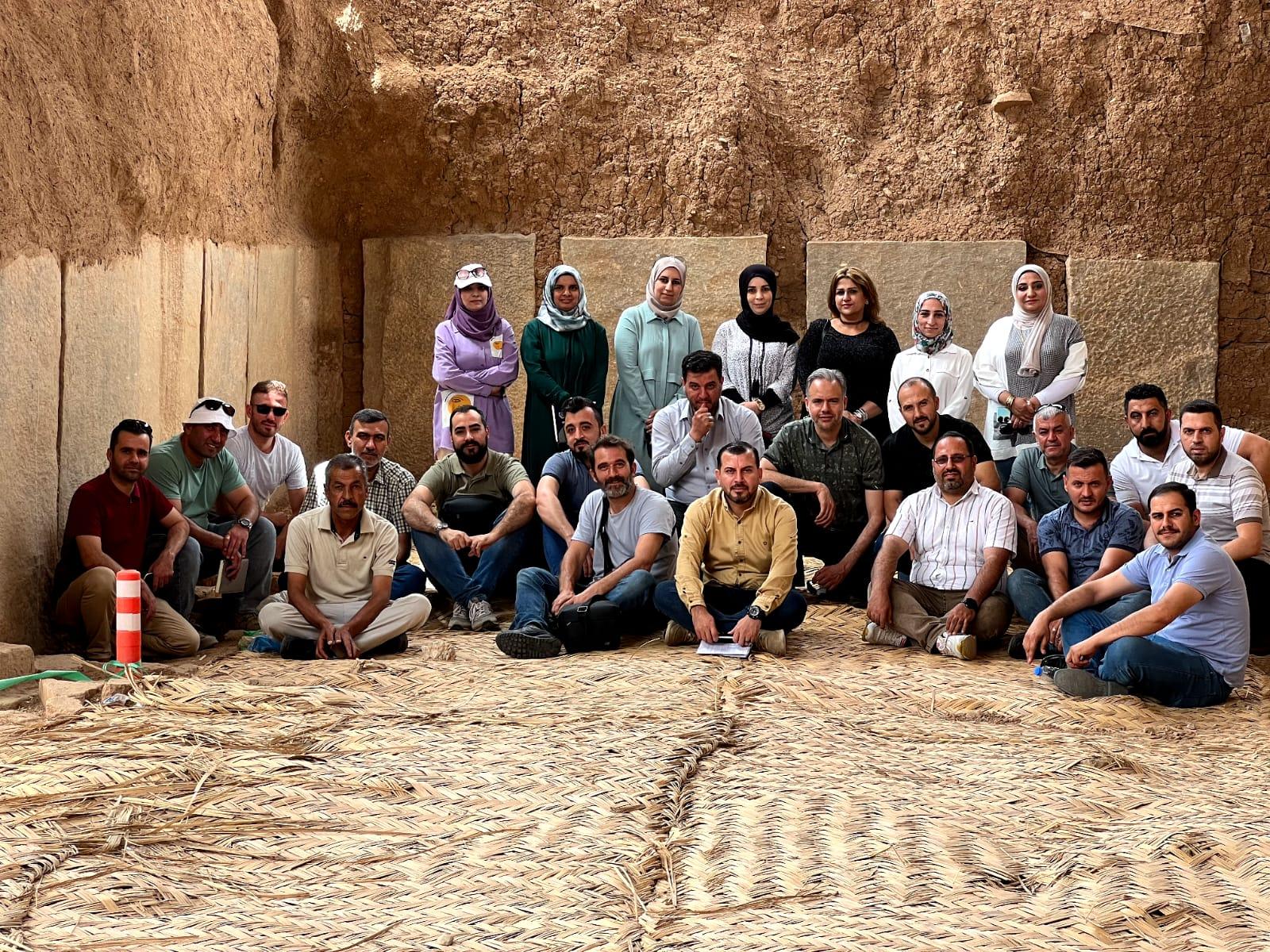Iraq Heritage
Mosul
Mosul is a major city in northern Iraq and is the capital of Nineveh Governorate. Mosul lies across the Tigris river from the ruins of ancient Ninevah. The area where Mosul lies was a part of Assyria from the 25th century BC when the Akkadian Empire (2335–2154 BC) united all the peoples of Mesopotamia.
Mosul was part of Assyria for 13 centuries until the Muslim conquests of the mid-7th century. The region then saw a gradual influx of Muslim Arab, Kurdish and Turkic peoples alongside indigenous Assyrians.
Nineveh was one of the oldest and most significant cities in antiquity and was settled as early as 6000 BC. The city was a center of worship of the goddess Ishtar. It grew in size and importance during the Neo-Assyrian Empire (911–605 BC) and, around 700 BC, became Assyria’s capital city eclipsing Babylon in size and importance. Assyria was attacked in 616 BC by a coalition of its former subjects and Nineveh fell after a siege and bitter house-to-house fighting in 612 BC.
The mound of Kuyunjik in Mosul is the site of the palaces of King Sennacherib and his successors (705-612 BC). Mosul succeeded Nineveh as the Tigris bridgehead on the road linking Assyria and Anatolia during the Median and Achaemenid Empires (c. 546–332 BC) becoming part of the Seleucid Empire after Alexander’s conquests in 332 BC. In 225 Mosul became a part of the the Sasanian Empire.
From the 9th century AD to 1535, Mosul came under the control of successive dynasties. It was conquered by the Seljuk Empire in the 11th century, then Saladin gained control in 1186 and in the 13th century it was captured by the Mongols. Mongol defeat by the Mamluks, led to the city’s destruction. Mosul later regained some importance but never recovered its original splendor. In the early 16th century, Mosul was under the Turkmen federation of Ağ Qoyunlu, but in 1508 it was conquered by the Safavid dynasty of Iran.
Mosul’s name was first mentioned by Xenophon in 401 BC in his expedition logs. He notes a small Assyrian town of “Mépsila” on the Tigris around where Mosul is today.
Christianity was present among the indigenous Assyrian people in Mosul as early as the 1st century, although the ancient Mesopotamian religion remained strong until the 4th century. The city had an ancient Jewish population. Today Mosul has a predominantly Sunni Muslim population.
Read the latest news from the project

